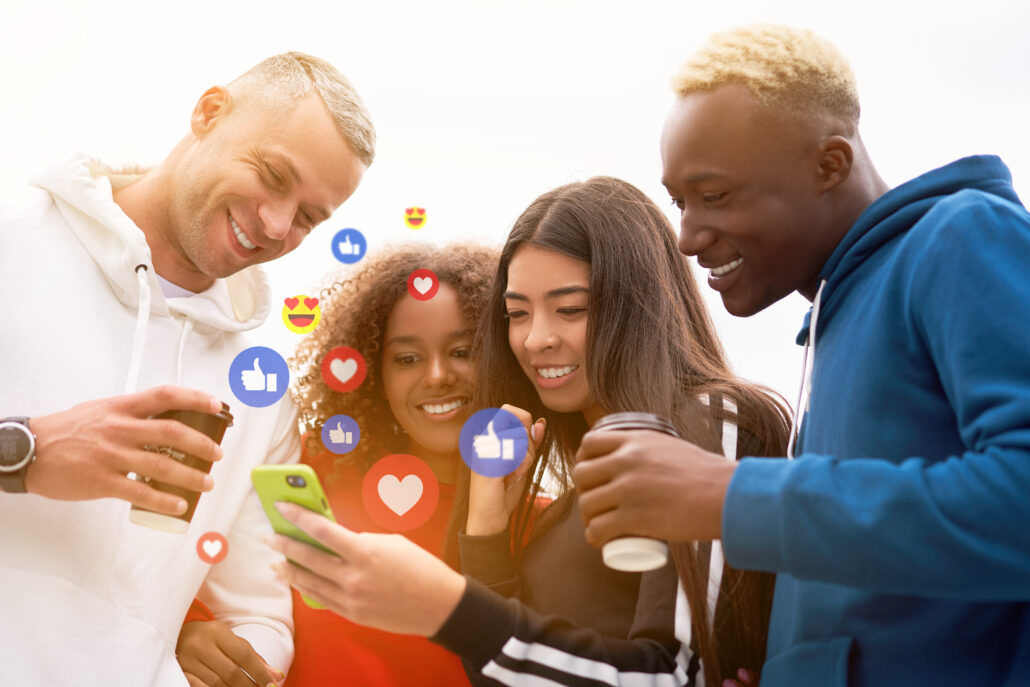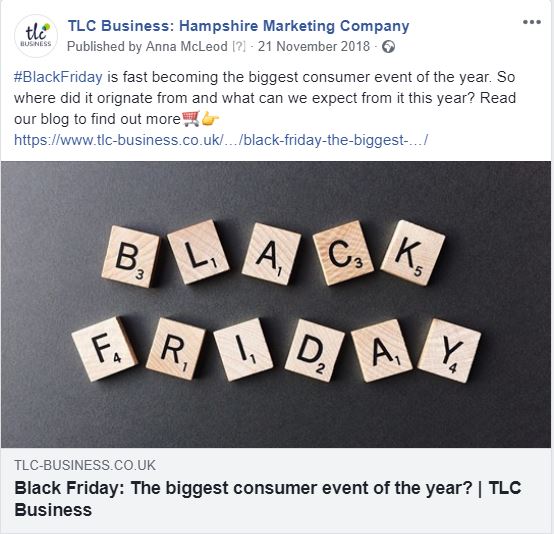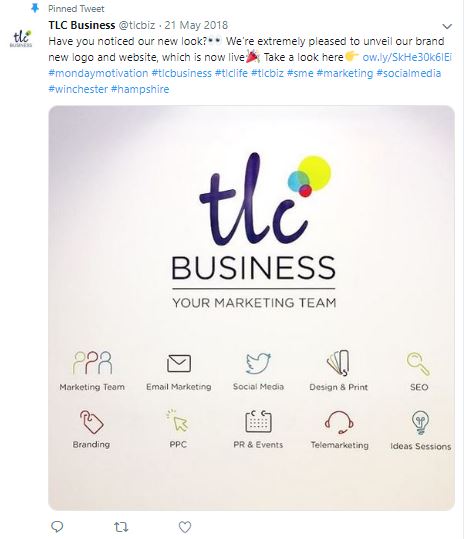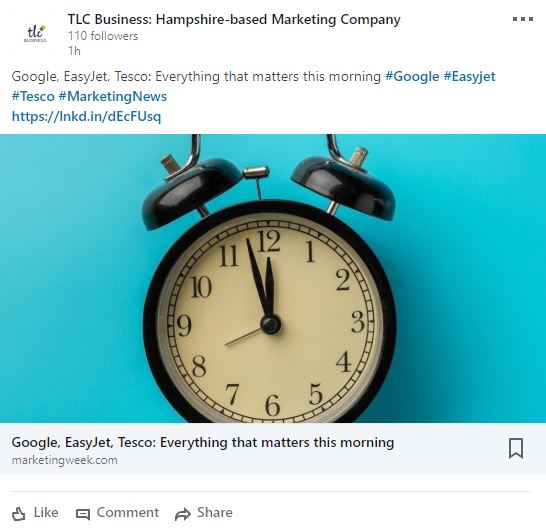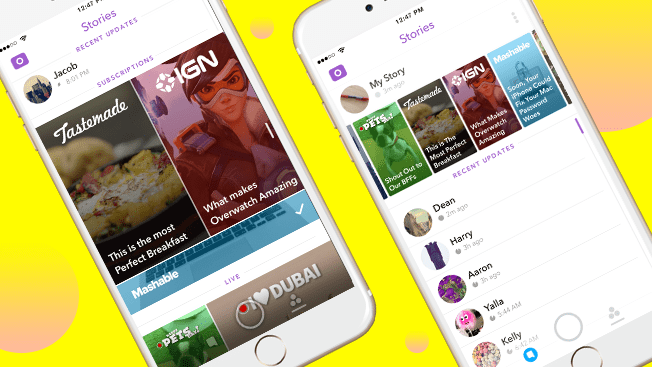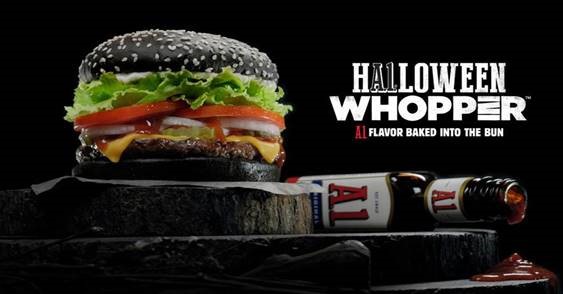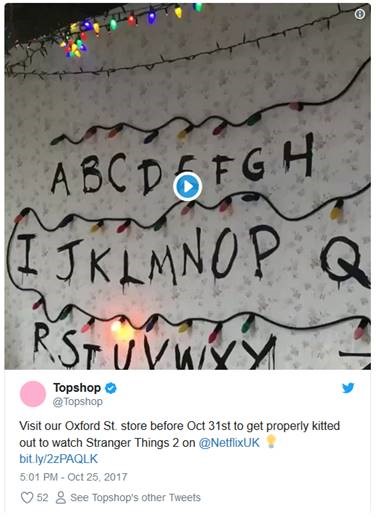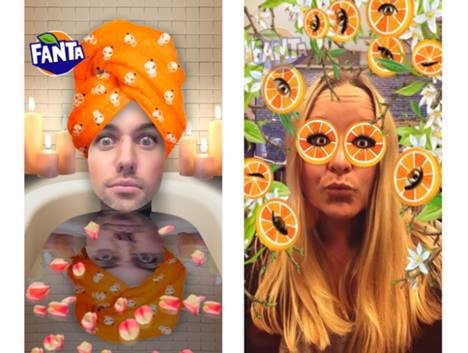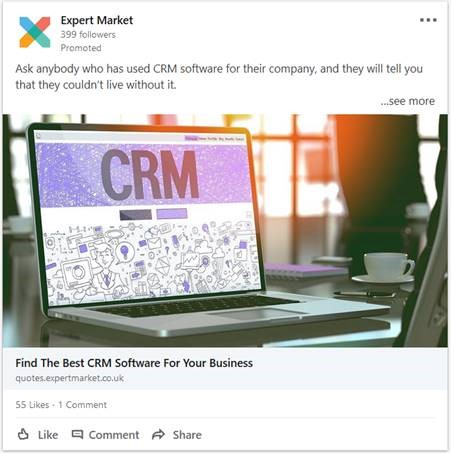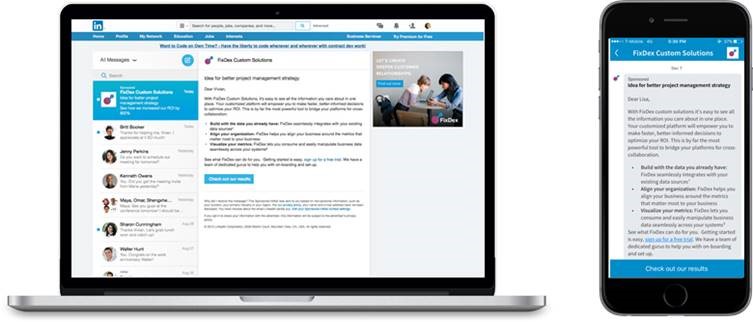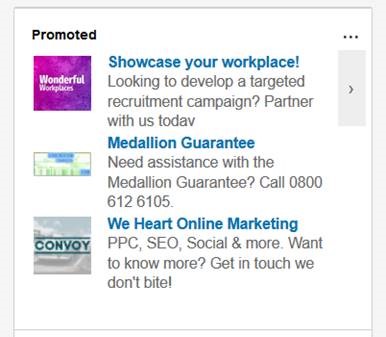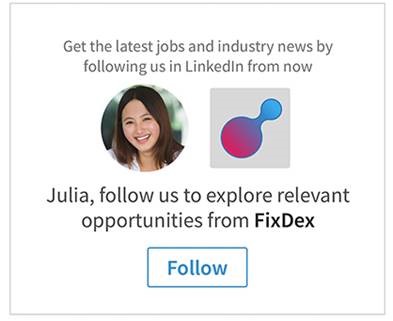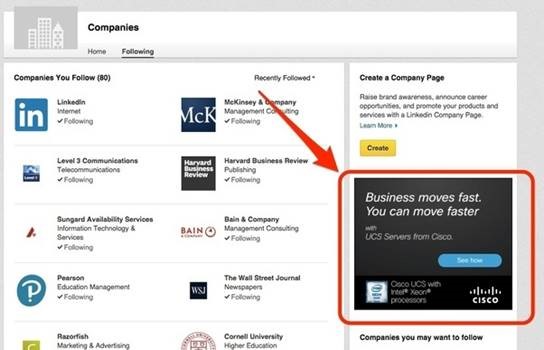Myth Busting: Debunking Common Marketing Misconceptions
Many people have misconceptions about marketing, so we’re here to debunk some of the most common myths:
1) Myth: Marketing is only for large businesses
Reality: Small and medium-sized enterprises (SMEs) can really benefit from effective marketing strategies. In fact, marketing can be more critical for smaller businesses as they often need to compete with larger companies for market share.
2) Myth: Social media is free marketing
Reality: While setting up social media accounts is free, doing it well requires time, effort, and sometimes money for advertising and content creation. Plus, understanding and using analytics is key to making social media work for you.
![]()
3) Myth: Good products sell themselves
Reality: Even the best products need marketing to reach potential customers. Without awareness and a strong message about why your product is worth buying, a good product might go unnoticed.
4) Myth: Marketing is an expense, not an investment
Reality: Effective marketing can bring a solid return on investment (ROI). By attracting new customers and retaining existing ones, marketing boosts revenue and supports business growth.

5) Myth: Marketing can guarantee immediate results
Reality: Marketing often requires some patience. Building brand awareness and trust takes time, and it can take weeks or months to see significant results from your marketing campaigns.
6) Myth: The more marketing, the better
Reality: Quality over quantity is key in marketing. Targeted and strategic efforts are more effective than just flooding the market with messages. It’s all about reaching the right people with the right message.

7) Myth: Marketing is only about acquiring new customers
Reality: Retaining existing customers is just as important, if not more so. Loyal customers can provide repeat business and act as brand ambassadors, spreading positive word-of-mouth.
Our expert team is able to offer full support for your marketing needs, providing valuable insights and suggestions to get results.
For a free virtual marketing ideas session with marketing experts, call us on 01962 600 147 or email info@tlc-business.co.uk

